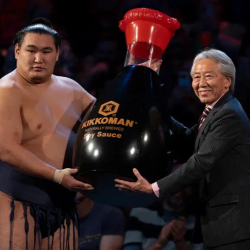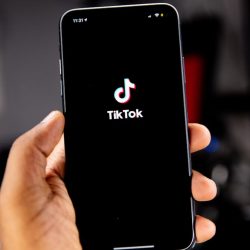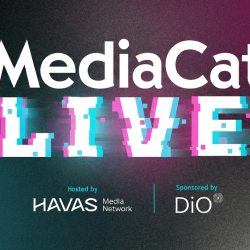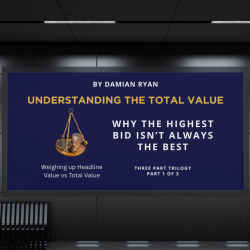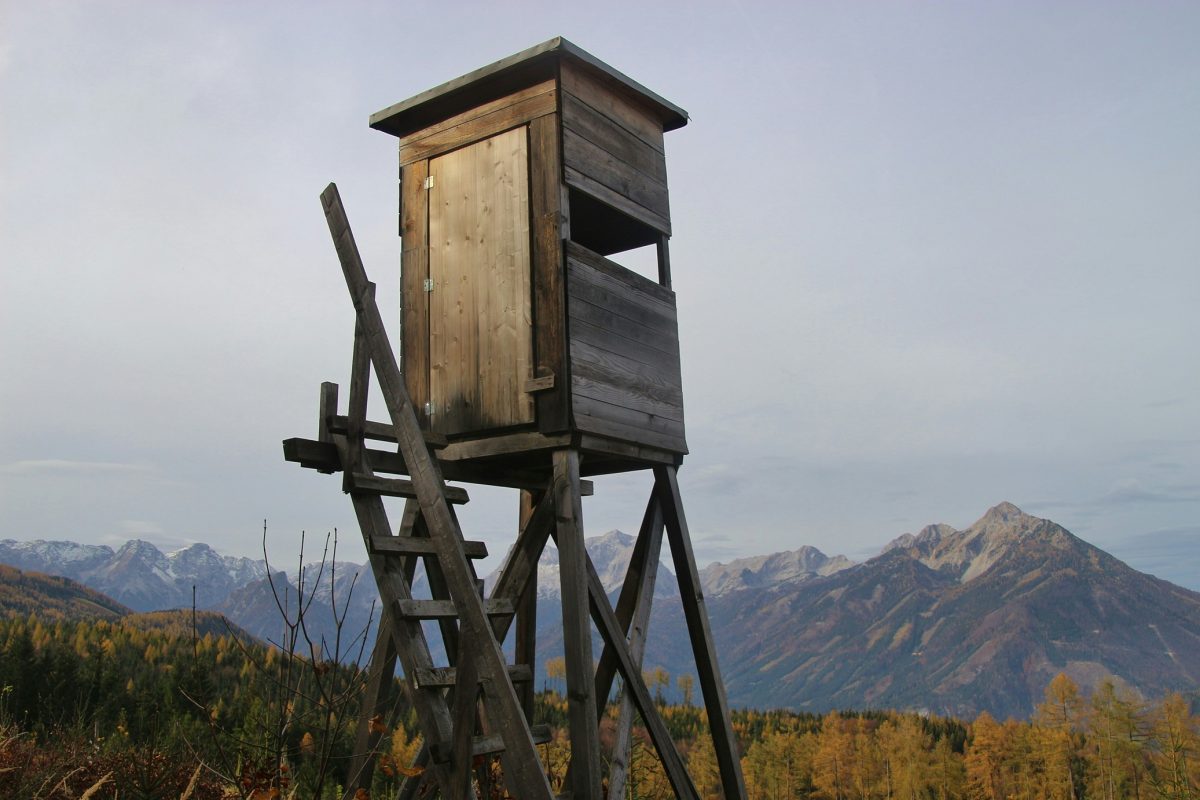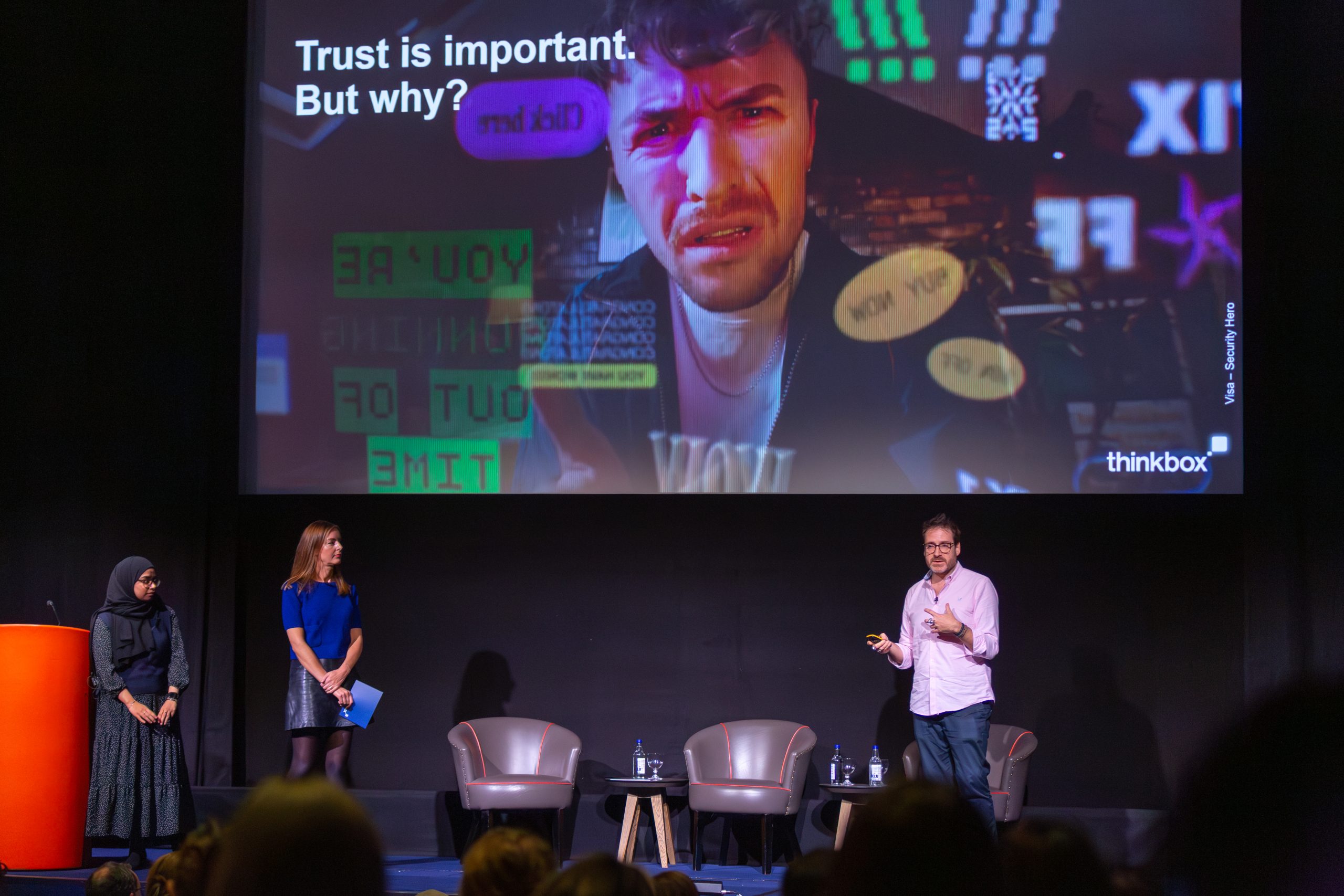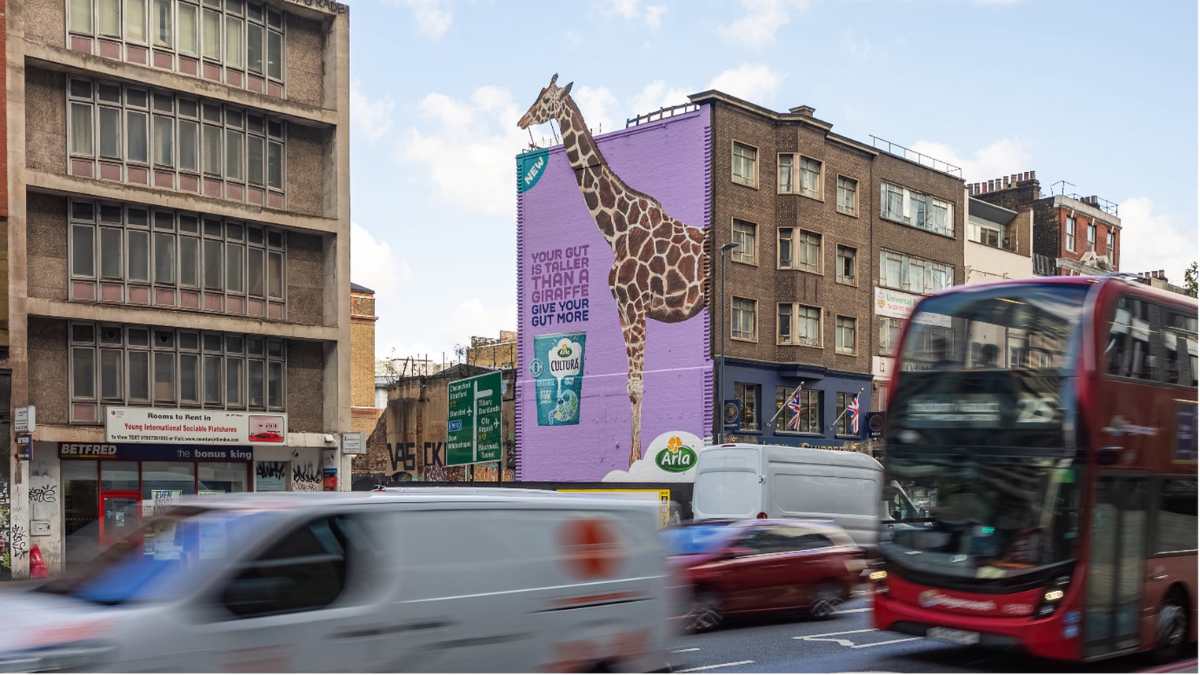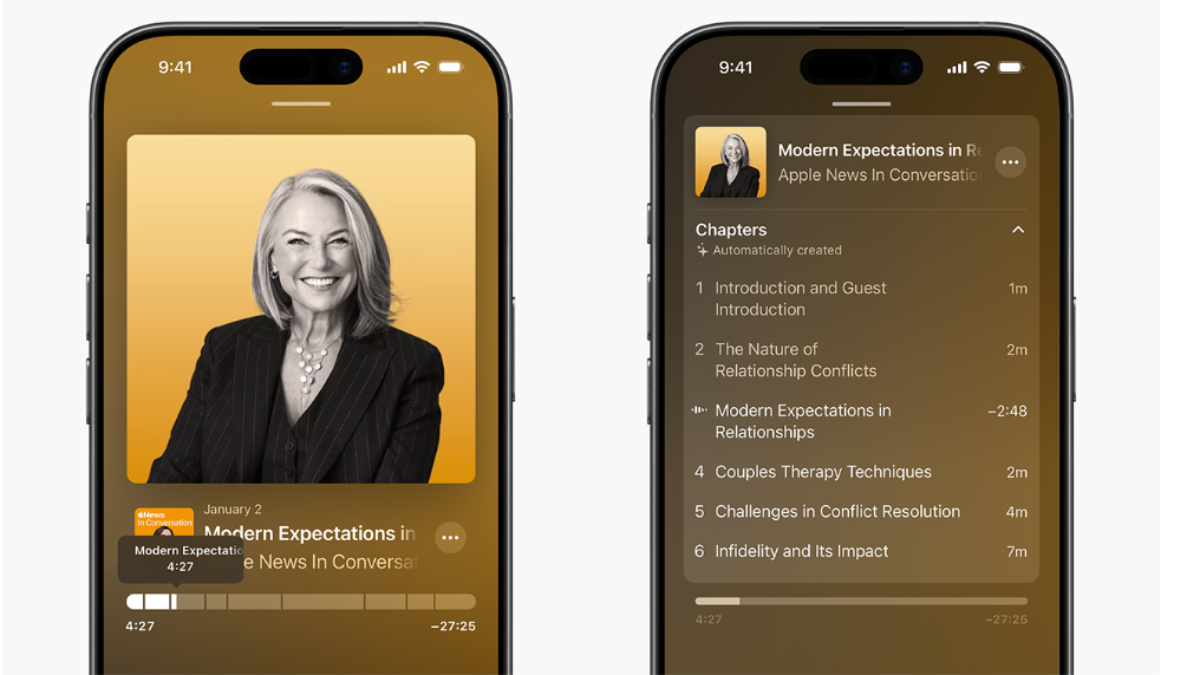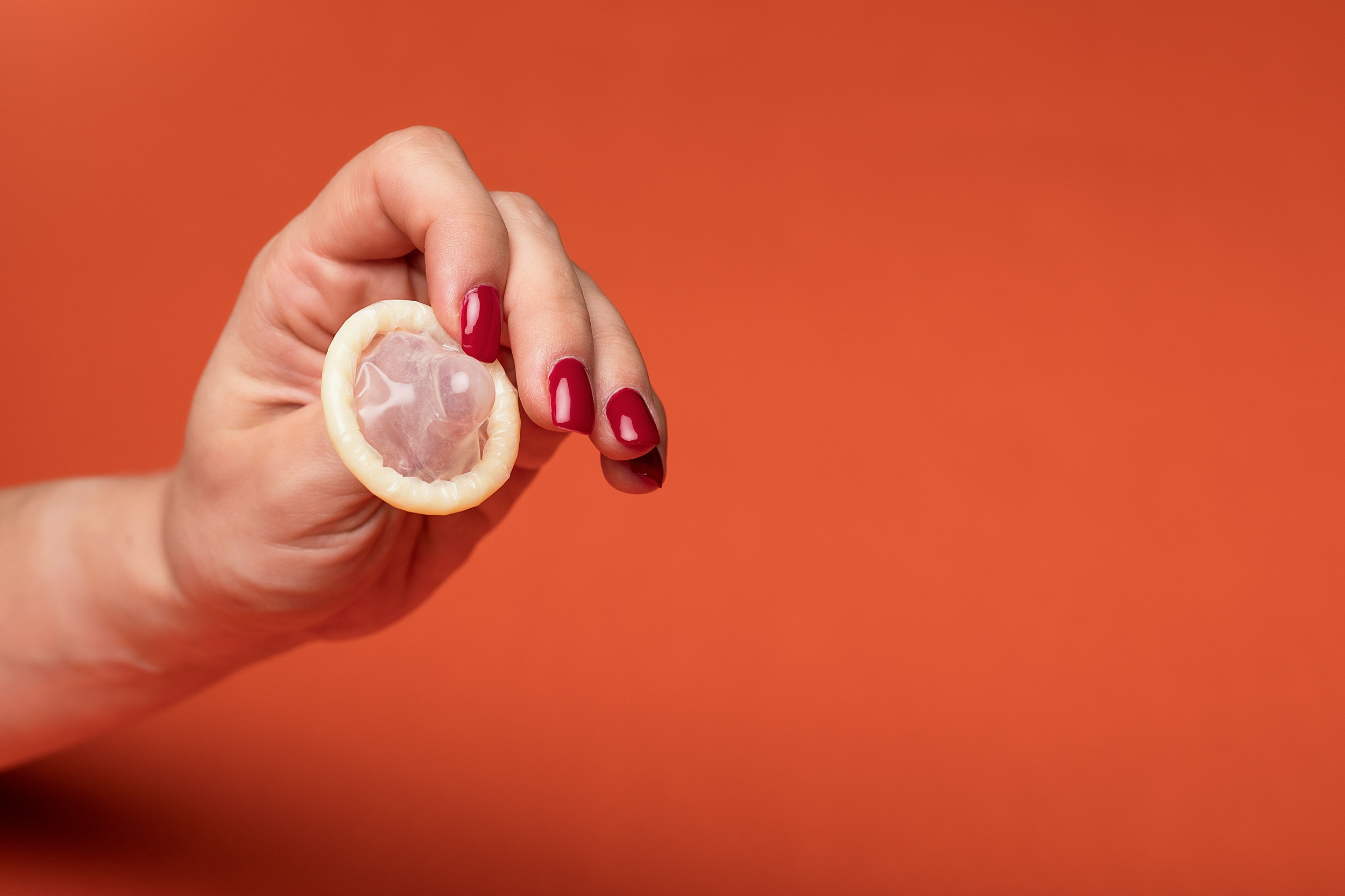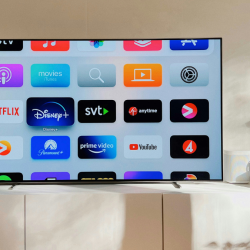A lot of the big creative trends discussed at Cannes Lions last week felt familiar, but then, so did a lot of the winning campaigns.
In 2018, the festival began limiting the number of categories into which a single campaign could enter to six* — one of several changes introduced after Publicis Groupe boycotted all industry awards for a year.
The entry cap was supposed to stop a small number of campaigns dominating the awards, but an increasing number of agencies are circumventing the rule by entering campaigns for a second year, to collect gongs in the categories they couldn’t enter in the first.
Axa’s Three Words, which won three Grands Prix (including the Titanium), was probably the most high-profile example, having also won a Gold Lion in the Innovation category in 2024. Poker Beer’s Imagine With Petacos, Dramamine’s The Last Barf Bag and Spotify’s Spreadbeats, jumped out at me as repeat winners this year, too.
It’s not a great look for Cannes. The festival is supposed to be a source of inspiration, and if even a significant minority of winning campaigns are returning customers, that function will start to erode.
It’s an easy fix for Cannes Lions, should it choose to address the problem (we had not received a comment from the organiser at the time this newsletter went to press). Tweaking the eligibility criteria to curtail double dipping won’t guarantee fresh stream of creative trends, however.
The truth is that big creative shifts just don’t come around that often or develop that quickly. But Cannes is such a big outlay that it’s in the interests of everyone involved to proclaim or observe as many industry-shaking trends as possible.
So, this year there were jury presidents still talking about a return of humour, ensuring purpose-led initiatives are tied to the brand and business, building social campaigns for specific platforms and not just broadcasting on them, and giving influencers the trust and freedom to do their thing. None of these ideas are wrong, they’ve just been around for a while.
Even AI, which is relatively new, felt familiar because it’s following the same trajectory as innovations that have come before, with juries this year talking about rewarding campaigns that had AI baked into the core of the idea, not tacked on at the end, just like people were saying about social media a decade ago or more.
If all this sounds like a big gripe, it’s not meant to. I had a lovely time at Cannes this year. I thought the standard of work was high, and I came away with some useful insights about the work — they just weren’t transformative trends.
Mathieu Bouilhot, a creative director at BETC Paris who was on the Outdoor jury, told me that minimalist art direction was a big thing in the category, thanks to the lingering influence of British Airways’ 2023 Grand Prix-winning campaign, and also because being deliberately vague helps win sustained attention in an environment saturated with advertising. He also said that beer was everywhere in 2025, reasoning that vice brands have to work so much harder to win over customers in a time of healthy living.
Droga5 London’s CCO, Tara Ford, said that Brand Experience & Activation was the largest category at this year’s awards, which could be an important bellwether for the industry if it’s not a one-off spike, and Direct jury president Gaetan du Peloux mentioned that coupons featured heavily among the winners, which may or may not be significant but tickled my interest anyway.
Meanwhile, Weber Shandwick’s Tom Beckman — always a fount of interesting trends — observed from his perch as president of the PR jury that services like insurers and banks punched above their weight this year. Service providers now have an advantage at Cannes because juries like to reward ideas that are integrated into the business and go beyond communication and, as Beckman notes, ‘you can change a service overnight, but it takes months or years to change a product.’
The Three Words campaign, created by Publicis Conseil, is a prime example, with the insurer tweaking its home insurance policies to provide relocation services to victims of domestic violence, in addition to other disasters.
Three Words was also a good example of something else: an idea that required no upkeep. After years of Cannes watching, I’m convinced this is a necessary quality for campaigns that purport to change things. There is never a shortage of great ideas on display at Cannes but many of them are left abandoned once the opportunity for publicity is passed. I don’t think it’s necessarily cynicism; it’s just no one has the capacity or the incentive to keep them going.
So if there is a big new creative trend at next year’s awards, I’d like it to be for ideas that create their own inertia — that require effort to stop rather than maintain.
And agencies can enter ideas like that into Cannes as many times as they like, as far as I’m concerned.
By James Swift, editor, MediaCat UK
*Cannes Lions later exempted the Titanium category from the entry cap
